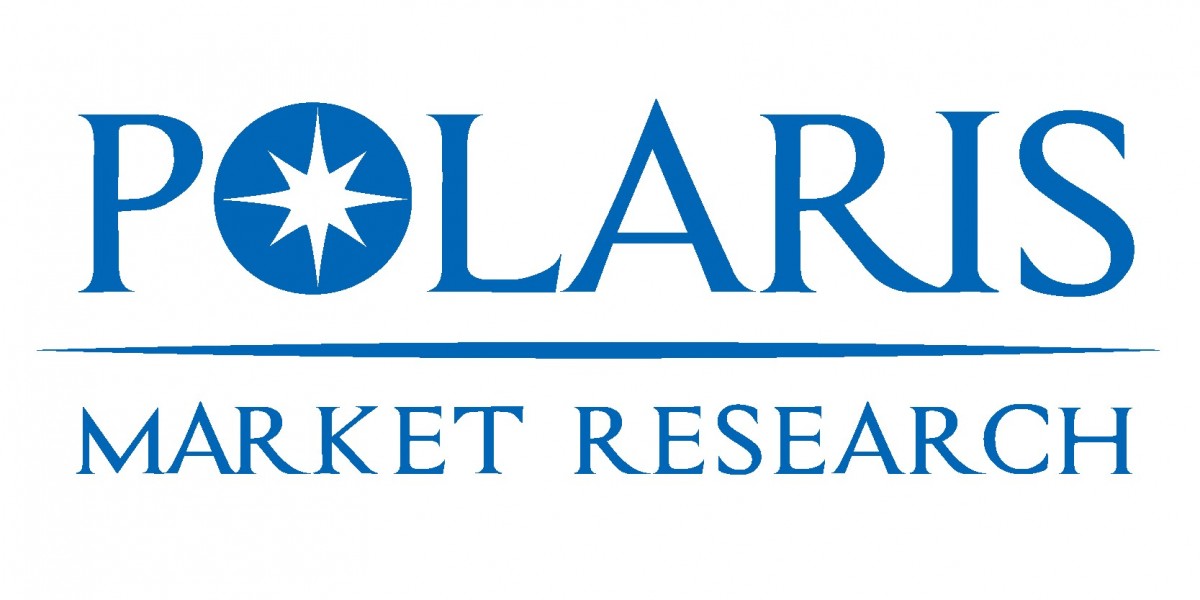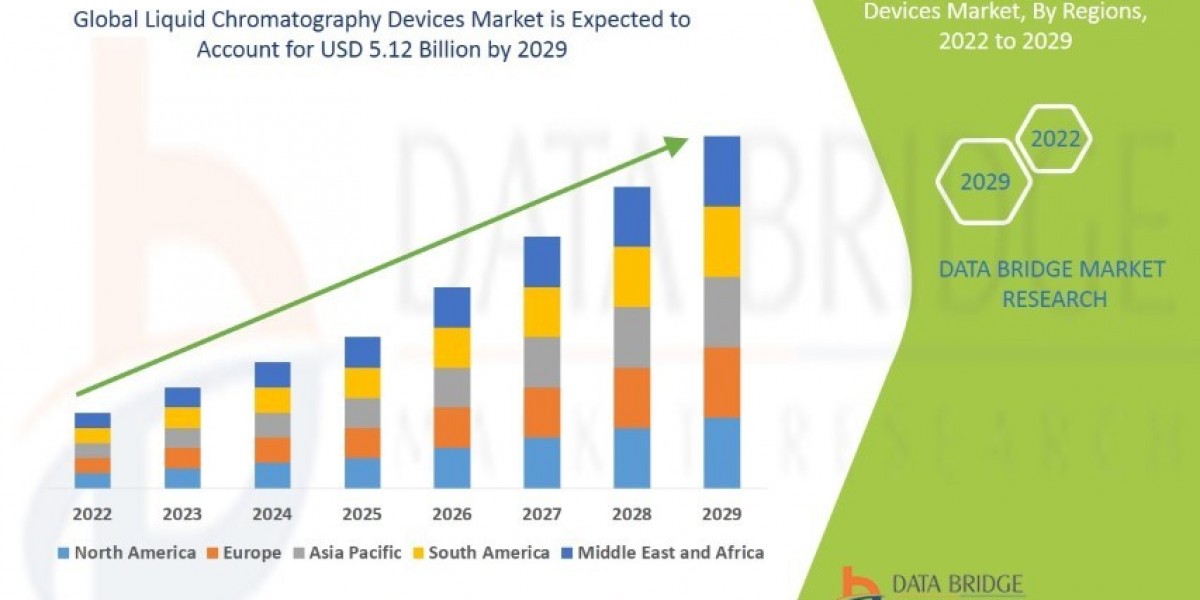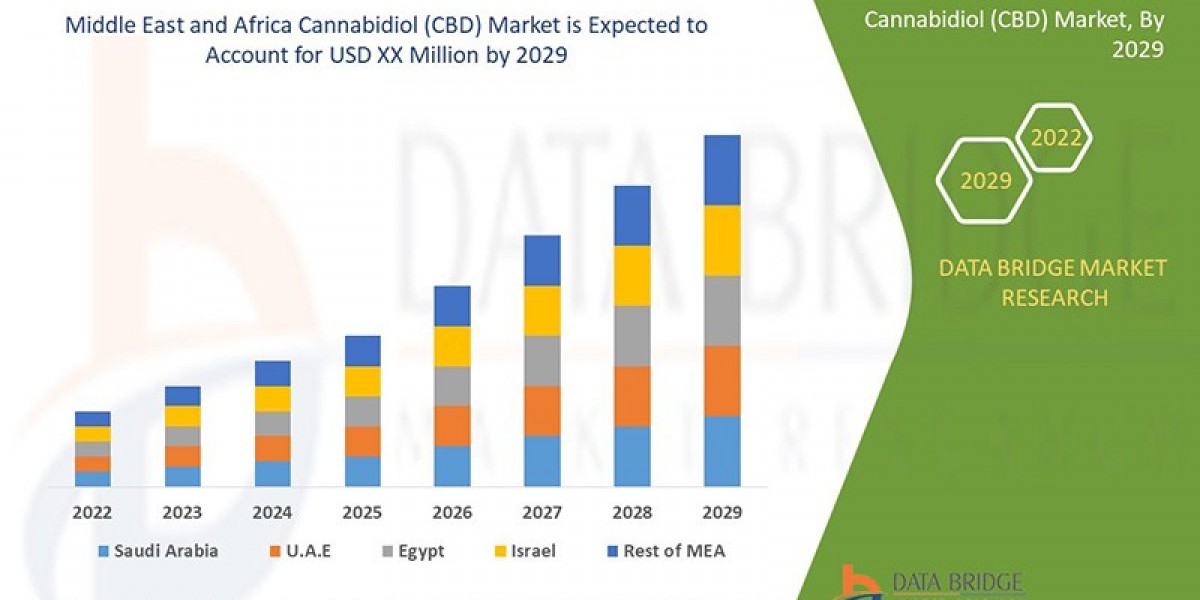The U.S. ATP assays market, valued at USD 1.08 billion in 2024, is projected to grow steadily to USD 1.54 billion by 2034, registering a CAGR of 3.60% during the forecast period. This consistent growth reflects the expanding role of ATP assays in hygiene monitoring, life sciences R&D, and clinical diagnostics—sectors where rapid microbial detection and real-time contamination analysis have become critical.
ATP, often referred to as the universal energy molecule, is found in all living cells. ATP assays, through bioluminescence technology, allow users to detect and quantify microbial presence or cell viability by measuring light produced from the reaction between ATP and luciferase. These assays offer high sensitivity, quick results, and ease of integration across laboratory and field applications, making them indispensable in healthcare, food safety, and research settings.
Market Overview: Expanding Use Cases in Diagnostics, Pharma, and Food Safety
ATP assays have evolved into highly versatile tools, enabling real-time and high-throughput testing across various disciplines. In clinical settings, they help determine microbial contamination or metabolic activity in diagnostic samples. In the pharmaceutical industry, they are essential in quality control, cleanroom validation, and drug discovery, especially in cytotoxicity and cell proliferation assays. Within food and beverage processing, ATP systems serve as first-line defenses for sanitation validation and regulatory compliance.
As the U.S. continues to prioritize healthcare-associated infection (HAI) prevention, foodborne illness mitigation, and biopharmaceutical innovation, the demand for precise, rapid, and scalable ATP testing is rising.
Driving Forces Behind Market Expansion
One of the most prominent market drivers is the growing emphasis on hygiene validation. In healthcare facilities, cleanrooms, and food production plants, ATP-based systems provide immediate confirmation of effective sanitation, helping organizations meet FDA and CDC safety standards. The need for ongoing infection control, especially in the wake of the COVID-19 pandemic, has brought renewed focus to rapid microbial monitoring.
Biopharmaceutical R&D is another major growth catalyst. As drug developers shift focus to cell and gene therapies, ATP assays are increasingly used for evaluating cell health, growth, and metabolism. These tools are central to assessing drug toxicity, apoptosis, and therapeutic efficacy in early-stage research and clinical development.
Point-of-care diagnostics represent an expanding use case. ATP tests, with their fast turnaround times and minimal sample preparation, support rapid microbial detection in decentralized and resource-limited settings. Their integration into portable instruments allows healthcare professionals to obtain results without relying on centralized labs, improving patient care and infection tracking.
Additionally, the market is seeing the effects of technological advancements such as automation and digital analytics. Enhanced luminometers, stable reagents, and smart software interfaces have made ATP testing more reliable, reproducible, and scalable, especially for use in high-volume laboratories and pharmaceutical manufacturing environments.
Persistent Challenges in Market Adoption
Despite its promise, the ATP assays market faces notable challenges. One limitation is the non-specificity of ATP detection. These assays measure total biological activity rather than identifying specific microorganisms, which may necessitate follow-up testing using culture or molecular methods.
Another barrier is the high cost of advanced systems, which may deter small labs or cost-sensitive sectors from adopting the latest ATP testing technologies. Furthermore, stringent regulatory requirements in clinical and food safety applications can prolong development cycles and increase compliance burdens for manufacturers.
The short shelf life of ATP reagents, combined with their sensitivity to temperature and handling conditions, poses difficulties for field applications and decentralized testing.
Explore The Complete Comprehensive Report Here:
https://www.polarismarketresearch.com/industry-analysis/us-atp-assays-market
Regional Trends Across the U.S.
The U.S. ATP assays market benefits from a geographically diverse landscape of demand drivers. In the Northeast, major urban centers like Boston and New York house a concentration of academic research institutions, pharmaceutical companies, and diagnostic laboratories. This region is a hub for clinical adoption, particularly in hospitals and translational research centers.
On the West Coast and in the Midwest, states like California, Illinois, and Minnesota serve as hotbeds of biotechnology innovation. Companies in these regions are using ATP assays extensively in preclinical development, microbial monitoring in biomanufacturing, and environmental safety protocols.
The Southern states, with their strong agricultural, food processing, and manufacturing sectors, are key adopters of ATP assays for sanitation validation. Facilities across Texas, Georgia, and the Carolinas are integrating ATP systems into their quality assurance workflows to meet U.S. Department of Agriculture (USDA) and Food and Drug Administration (FDA) standards.
Government initiatives related to pandemic preparedness, cleanroom validation, and critical infrastructure protection are reinforcing ATP assay use across the nation, especially in sectors where microbial contamination presents operational and reputational risks.
Industry Leaders and Competitive Landscape
The U.S. ATP assays market is shaped by a mix of multinational corporations and specialty biotechnology firms, each contributing to innovation and adoption through product development, distribution networks, and strategic partnerships.
Thermo Fisher Scientific is a major player, offering a broad range of ATP detection kits, luminometers, and lab automation solutions. Its platforms are widely used in both clinical diagnostics and quality control for pharmaceutical production.
Promega Corporation stands out for its luciferase-based assay technologies, which support drug discovery, toxicity testing, and cell-based assays. Its sensitivity and scalability make Promega a top choice in research and screening environments.
Abcam Limited focuses on academic and disease-specific research markets, offering kits tailored for studying cancer metabolism, neurology, and cell stress responses.
MilliporeSigma (Merck KGaA) serves pharmaceutical and food safety markets with ATP systems optimized for cleanroom compliance and water monitoring.
PerkinElmer delivers microplate-based solutions and detection reagents that support high-throughput workflows in oncology, toxicology, and infectious disease research.
Becton, Dickinson and Company (BD) offers ATP-based surface testing platforms aimed at reducing healthcare-acquired infections through environmental hygiene monitoring.
Biomerieux SA is active in clinical diagnostics and food safety, offering bioluminescent systems that combine speed and regulatory-grade reliability.
Lonza Group Ltd. supports biomanufacturing workflows, with a focus on reproducibility, regulatory compliance, and ease of integration into validated cleanroom operations.
Biotium specializes in ATP assay kits for research applications, offering both fluorescent and luminescent formats designed for sensitivity and simplicity.
Quest Diagnostics, while primarily a clinical laboratory service provider, integrates ATP assays into select diagnostic processes related to infection detection and metabolic disorders.
Each of these players contributes to shaping a market that values innovation, speed, and compliance. They are investing in enhanced sensitivity, assay stability, and software-driven workflow efficiency to meet the demands of a dynamic and quality-conscious user base.
Conclusion
The future of the U.S. ATP assays market is closely tied to the nation's commitment to advancing healthcare, pharmaceutical manufacturing, food safety, and environmental monitoring. As industries increasingly depend on real-time, reliable biological testing, ATP assays are becoming foundational tools in maintaining high operational and safety standards.
With growing demand across both clinical and industrial domains, and with emerging use cases in decentralized diagnostics and automated biomanufacturing, the market offers robust opportunities for solution providers and innovators alike. Continued advancements in assay chemistry, digital analytics, and portable device integration will be critical in shaping the next decade of ATP-based technologies in the United States.
More Trending Latest Reports By Polaris Market Research:
Hospital Electronic Health Records Market
Plate and Tube Heat Exchanger Market
Specialty Generic Drugs Market
Autonomous Underwater Vehicle Market
Autonomous Underwater Vehicle Market
Automotive Powertrain Systems Market
Hospital Electronic Health Records Market








